Welcome to a new series on Out of Cards. Yu-Gi-Oh Master Duel has been a booming success in the short time it's been available and we've been covering it on the website for the entirety of its time. That's why I'm going to start a new recurring column where I talk about the weirdest Yu-Gi-Oh cards to see print. Cards that deviate from the normal game structure and a natural part of any card game, but some cards go even further beyond and will make you think to yourself "what the heck?"
With over 20 years of history and over 12,000 cards (and counting) released, the game has its fair share of strange cards that either ask you to perform some weird actions that few (if any) other cards in the game ask or cards that scratch your brain because their abilities don't seem to make much sense. This first article is going to go over seven of some of the weirdest ones in the game. Especially in the older days of the game, the philosophies of card design at Konami were not the same as they are now and that sometimes results in some cards that stick out among the vast sea of cardboard for how unusual they are.
With that said, let's look at the set that I have today!
Darkness Approaches
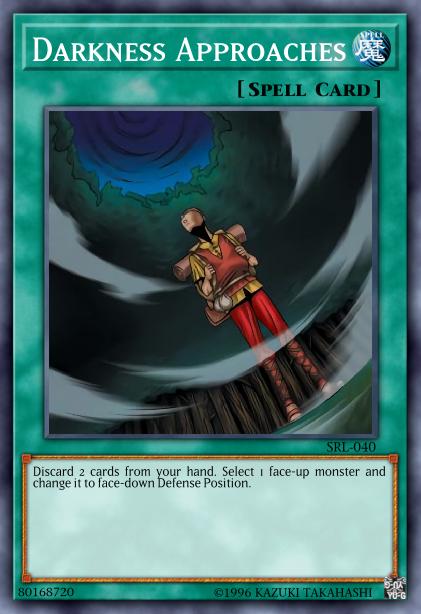

First = Current version of card, Second = Pre-eratta version of card
Our first card is a classic that often comes up whenever the subject of strange Yu-Gi-Oh cards is brought up, that card being Darkness Approaches. A card from one of the oldest sets in the game, Spell Ruler (previously called Magic Ruler back when Spell cards were called "Magic" cards).
The card in our database (on the left) may look pretty normal (if very underpowered), but if you know the history behind this card, you'll know that this card is anything but. The card was errata'd in 2017 (a massive 15 years after the card was first printed) with the introduction of Link Monsters to the game, but prior to then, the effect of Darkness Approaches was to flip a monster face-down without changing its battle position.
As a result, this was the only card in the entire game that could cause a monster to exist on the field in face-down Attack Position. As you can probably guess, there are a lot of ruling questions about how this would work. With Link Monsters not being able to exist in Defense Position and requiring it to be face-up for the arrows on the card to be visible, you can understand exactly what kind of ruling nightmares would be caused if you flip a Link Monster into face-down Attack Position and as a result, the card was errata'd.
While disappointing to some that a unique card with a strange effect was changed to be more in-line with how the game works (even if the card never saw play), the legacy this card holds for its pre-errata design is immortalized into players forever.
An Unfortunate Report
An Unfortunate Report may only have one line of text with only 8 words, but that doesn't mean the card isn't a brain-scratcher. The effect of An Unfortunate Report is to simply let your opponent conduct their next Battle Phase twice. Do you get any positive effect for yourself? Nope. The entire effect of the card is to just let your opponent take their next Battle Phase a second time. So, why would you want to use this? There must be some way to use the effect in your favor, right?
The answer to that question is yes, but it's a bit convoluted. The card can be combined with Battle Mania which forces all of your opponent's monsters to attack this turn which will apply to both Battle Phases. If you control a monster with a higher DEF than the ATK of all of your opponent's monsters, your monster can survive all of the attacks which will cause chip damage to your opponent's Life Points based on the difference.
With Battle Mania active, your opponent can't simply skip their Battle Phases before they attack with everything they have, forcing them to take all the damage through battling. A way to make the combo less susceptible to failing is to combo it with Yubel, which can't be destroyed by battle and redirects all Battle Damage you would otherwise take to your opponent. As you can probably guess though, this combo is by no means practical.
A little tidbit about this card that is quite funny is that this is one of only two cards in the game that allow a player to repeat Battle Phases, with the other card being Weather Report. Solely due to the existence of both of these two cards, a plethora cards are specifically worded to have an effect during "each Battle Phase".
Parasite Paracide
Up next is one of my favorite cards in the entire game. Parasite Paracide has an effect that when flipped face-up, and unlike many other Flip monsters, needs to survive its flip for its effect to activate. But that's not why it's weird. Far from it. Instead the reason the card is weird is because it inserts itself into your opponent's deck.
We're all quite used to this effect on digital card games, especially in Hearthstone where cards that shuffle cards into the opponent's deck are fairly commonplace. But this type of effect is extremely rare on physical card games. Off the top of my head, the only other physical card with this effect is MTG's Letter Bomb which is an Unhinged card, whereas this is meant to be a proper legal card and it's the only card in the entire game with an effect that allows it to do this.
I've always been convinced since the day it came out that Hearthstone's Iron Juggernaut (the first card in the game to shuffle a card into your opponent's deck) was inspired by this card, but while this type of effect works in digital card games with no issues, there are a lot of reasons this design doesn't work too great for a physical card game.
One such issue is that it becomes easy for your opponent to steal the Parasite Paracide while it's in their deck, either accidentally or on purpose. Assuming it's placed into their deck in the first place, the possibility of the card not being drawn and both players forgetting that the card is in your opponent's deck is all too real.
One other problem is with card sleeves. If both you and your opponent are using the same color sleeves, then this isn't an issue. But if you're both using different color sleeves, then the card is going to stick out in your opponent's deck like a sore thumb. While this may lessen the issues of the first problem fairly significantly, it ultimately takes away from the gimmick of the card.
What's also interesting to note is that Konami apparently really wanted this card to take off as there are not one, but two support cards for it: Drill Bug and Jade Insect Whistle. The former outright mentions this card in its effect and specifically tutors it, whereas the latter is slightly more subtle but it only takes two seconds of minimal brainpower to figure out that the card is meant to be used with this one to force them to draw it (assuming they have no other Insect-Type Monsters in their deck).
Curse of Fiend
Curse of Fiend is a card that looks quite normal on the surface until you read its effect all the way through. Its effect is basically to change the Battle Position of all monsters on the field and for the rest of the turn, they can only be changed again via card effects. That's fairly standard all things considered. So what's weird about it?
It has a little line of text at the very end that specifies that you can only activate the card during your Standby Phase. And this is on a normal Spell card, not a Quick-Play one. Naturally, this creates a few ruling questions that make it difficult enough to figure out when the card can actually be played.
Yu-Jo Friendship
Our next entry on the list is a duo of cards that work together. Yu-Jo Friendship is only one of the two that's particularly weird, but since Unity is a fairly integral part of the card, it's also here for context.
The effect of Yu-Jo Friendship is to offer your opponent a handshake. If they accept the handshake, both players add their Life Points together and then get half of that combined number. Obviously your opponent can just look at the Life Points of both players and determine whether or not it's better to accept or decline the handshake, but that's where Unity comes in.
If you have Unity in your hand and show it to your opponent, they must accept the handshake without any option to back out. Simply the act of offering your opponent a handshake would be alone to make the list, but also having the ability to force your opponent into accepting it makes it all that more worthy.
But the weirdness doesn't stop there. According to many rulings, your opponent doesn't actually have to shake your hand but merely consent to the idea of performing that action. This presumably exists so that players can't do gross things to their hand and force their opponents to touch them, and while we're still under a pandemic, this ruling is even more necessary than it was before.
Dark Artist
Dark Artist is another card that looks fairly simple on the surface, but after reading it, will likely leave you utterly confused. Despite its textbox of few words, it's a sneakily confusing card. The effect reads that when it's attacked by a Light-Attribute monster, it's DEF is halved during damage calculation. But the question is, which monster has its DEF halved? The Light-Attribute monster, or Dark Artist itself?
Some might think that it's obviously meant to be Dark Artist itself since it wouldn't make sense for the attacking monster's DEF to be halved for damage calculation. The card is indeed intended to half the DEF of Dark Artist itself, but the way the card is phrased is not exactly very good as this misinterpretation is far more widespread and normalized than you may think.
Self-Destruct Button
Our final card of this article is Self-Destruct Button, a card in which it's purpose is quite clear, but the reason it was ever green-lit not so much. The card's effect simply forces both players to 0 Life Points if your opponent has at least 7000 more Life Points than you do. This naturally forces the game into a draw. As its only effect is to end the game in a draw, it's the only card in a game that, objectively speaking, cannot win a game via its own effect.
This raises the question of why Konami would print a card that is literally not capable of winning a game, at least through its effect. Konami isn't the only company to print this type of design either as Wizards of the Coast also printed Divine Intervention in 1994 (11 years before this card) which also only serves to end games in a draw.
The card is also banned from competitive play due to its troll-y nature. The card allowed players to mess with their opponents by forcing ties into overtime and then using cards like Sparks to win matches. Regardless of how effective the strategy may have been (I can't verify for myself personally), it's understandable that no one wants to lose a match like this so the card was just outright forbidden.
This will be the end of the first of what I hope to be many installments of looking at some of the most bizarre card effects in the history of the game. Hope you enjoyed it.


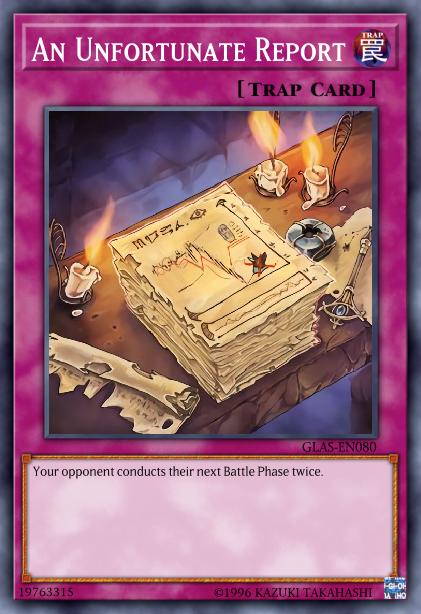
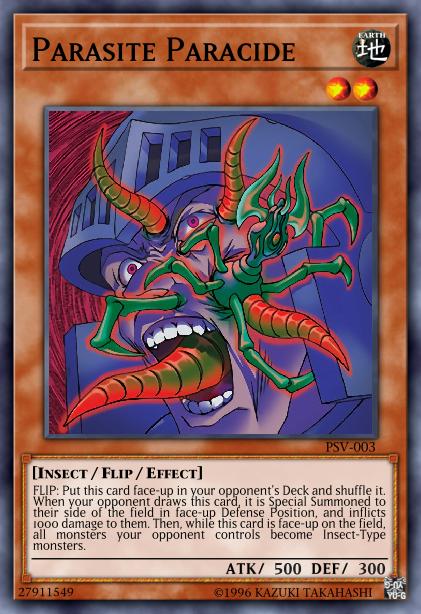
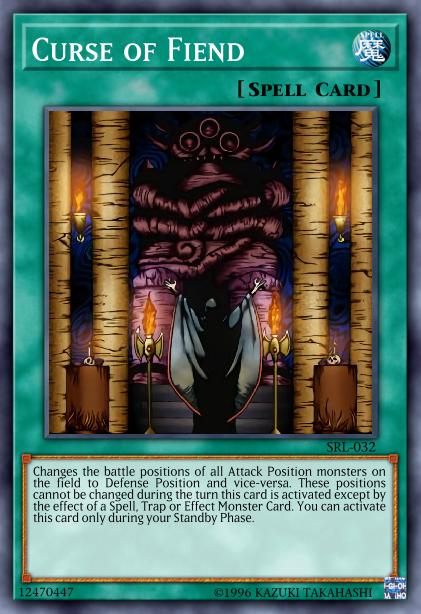
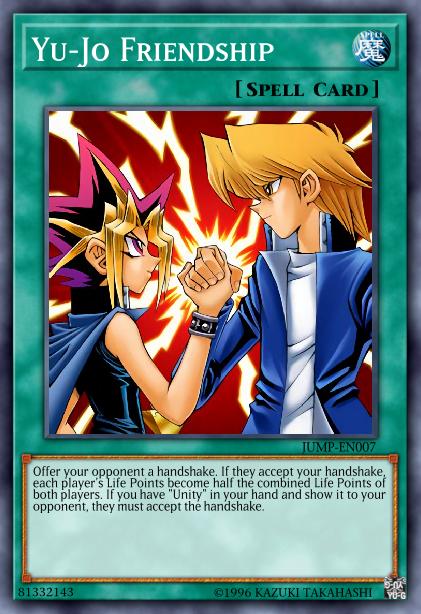
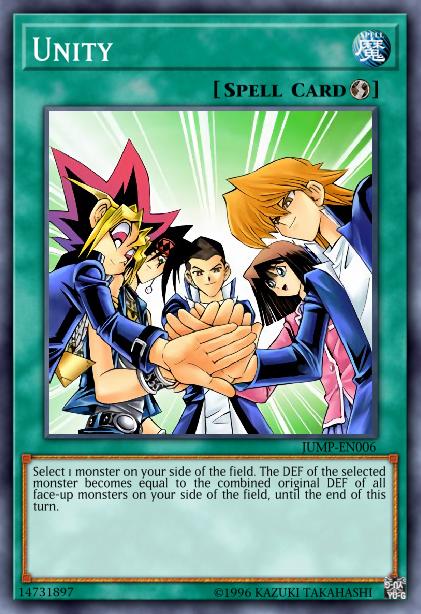
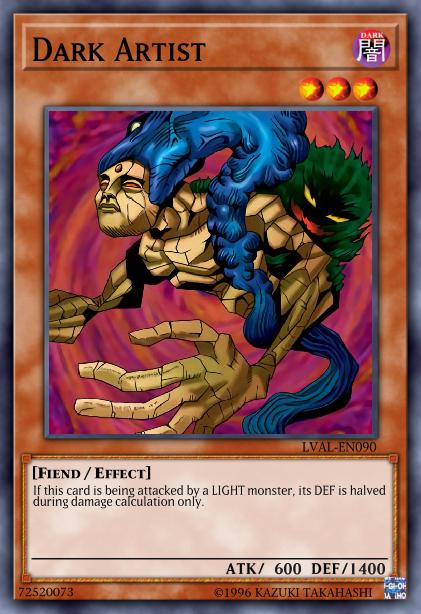
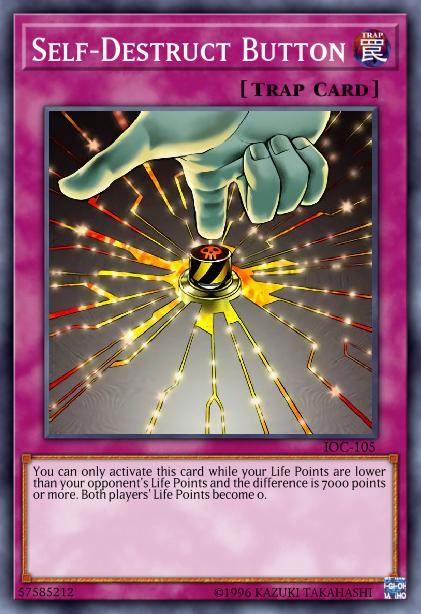



Comments
I would love to see them expand on the parasite theme. There's also Parasite Paranoid and who knows what other disgusting art could come out of that
I really like the idea of this series.
Fully agree! Keep it up guys